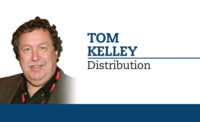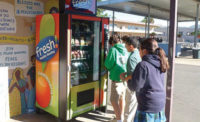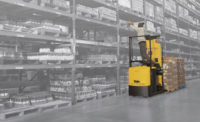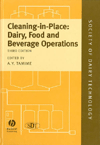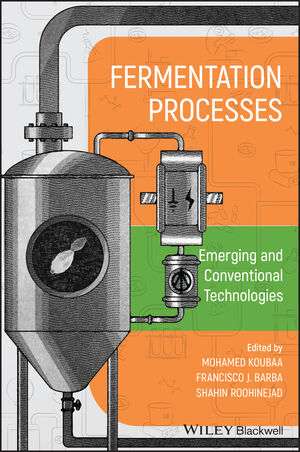Changing government regulations impact fleet operations
Government mandates add cost and uncertainty to fleet operations

Just a few decades ago, beverage fleet managers worked with a well-established and generally predictable set of equipment-related variables to arrive at a total fleet operating cost that could be factored in to the wholesale product prices charged by a distributor.
Today, although many equipment-related costs still are easy to identify and project, a growing and increasingly unpredictable cost element is impacting fleet operations — namely, the cost of regulations.
Although the direct costs of regulations certainly can be measured in hindsight, what can’t be measured as easily are the indirect costs that arise from uncertainty regarding the feasibility of meeting government regulations and the instability of the overall regulatory environment.
In Beverage Industry’s 2013 Fleet Survey, more than one-third of respondents listed regulatory compliance costs among their Top 3 operational concerns. A smaller but still significant group — 16 percent — listed regulatory instability among its Top 3 operational concerns.
Even when the regulatory agencies offer pro-jections regarding the costs of compliance, it’s not unheard of for these projections to be off by a factor of 200-500 percent, negating any usability in a fleet manager’s long-term planning process.
A 2012 study by American Truck Dealers (ATD) compared U.S. Environmental Protection Agency (EPA) projections of just more than $5,000 per truck for the cumulative cost of 2004-2010 emission regulations with actual acquisition cost increases of more than $21,000 per truck for heavy-duty models, along with similarly disjointed projections for medium-duty models.
The additional costs identified in the ATD study only addressed equipment acquisition, not any added costs related to increased fuel consumption, maintenance or downtime caused by the mandated emission-control hardware. Although deployment of the 2010 emission hardware went better than expected (apart from its cost), fleet managers virtually were unanimous in their complaints regarding poor performance and increased downtime from the 2007 hardware.
When Biagi Bros.’ first 2007 trucks hit the road, the company’s Equipment Director Gregg Stumbaugh noted that problems with the EPA ‘07-compliant emissions hardware were its single largest cause of downtime. Issues ranged from deployment errors to engine performance issues to widespread retrofits of emission hardware on the early ‘07 engines.
If there’s a lesson to be learned from the emissions regulation push that has happened in the last decade, it’s that a fleet manager should be highly suspect of any claims made when a new set of regulations is proposed or enacted. Costs will definitely be higher, perhaps exponentially so, and any projected benefits could be exceeded by unforeseen problems.
This is especially important to remember now that the regulatory regime has shifted from reducing exhaust emissions to carbon dioxide emissions by way of fuel economy mandates for commercial trucks.
In a transportation segment where most operators already track fuel economy down to the hundredth of a mile per gallon, it’s safe to say that most fleet operators don’t need involvement from bureaucrats in order to burn less fuel.
Nevertheless, truck manufacturers and buyers will more than likely meet the mandated deadlines, but at what cost? What safety development programs might have been sidelined in order to meet unrealistically scheduled fuel economy rules? What systemic options for reducing fuel consumption and emissions, such as addressing highway congestion, might have been ignored while unnecessary fuel economy regulations were being drafted and implemented?
Even when truck operators are “thrown a bone” in the form of tax relief to help jumpstart a market for advanced truck technology, the political nature of these incentive programs can prevent their being incorporated into a fleet’s long-term planning.
No sooner had the hybrid truck market been launched — with considerable interest in the beverage industry — than the Obama administration failed to renew the tax incentives for the purchase of heavy-duty hybrid trucks. The incentives expired Dec. 31, 2009. This pretty much stopped the hybrid market before it had the chance to reach economies of scale, resulting in hybrid component maker Eaton pulling out of the North American market, as I reported last month.
Fleet managers also might ask, now that the beverage industry has made a huge investment in natural-gas-powered trucks, how long will it be before regulation strikes again and potentially ruins the business case for natural-gas-powered trucks?
All too often, the lobbying organizations at the highest level — those representing the truck manufacturers and the overall trucking industry — adopt a “go along to get along” posture. This makes it a necessity for every distributor to take an active role in the regulatory arena. If your operation isn’t large enough to have a vice president of government relations, another executive still needs to address that job’s duties. Because there is strength in numbers, it also is important to support and actively participate in associations that represent the beverage industry.
Looking for a reprint of this article?
From high-res PDFs to custom plaques, order your copy today!



